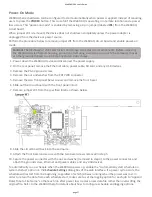
Figure 10. Measurement Error Introduced by Common-Mode Bias Current
Data rates
The frequency of the master mebase (f
M
) controls the data rate (f
s
) of the WebDAQ 504. The internal master
mebase frequency on the WebDAQ 504 is 13.1072 MHz. The data rates available on the WebDAQ 504 can be
calculated with the following equa on: f
s
= (f
M
÷ 256)/n , where n is any integer from 1 to 31. The data rate
must remain within the appropriate data rate range. Using the internal master mebase of 13.1072 MHz results
in data rates of 51.2 kS/s, 25.6 kS/s, 17.067 kS/s, and so on, down to 1.652 kS/s, depending on the value of n.
An -aliasing filters
The WebDAQ 504 uses a combina on of analog and digital filtering to provide an accurate representa on of in-
band signals while rejec ng out-of-band signals. The filters discriminate between signals based on the
frequency range, or bandwidth, of the signal. The three important bandwidths to consider are the passband,
the stopband, and the alias-free bandwidth.
The WebDAQ 504 represents signals within the passband, as quan fied primarily by passband flatness and
phase nonlinearity. All signals that appear in the alias-free bandwidth are either unaliased signals or signals that
have been filtered by at least the amount of the stopband rejec on.
Passband
The signals within the passband have frequency-dependent gain or a enua on. The small amount of varia on
in gain with respect to frequency is called the passband flatness. Digital filters adjust the frequency range of the
passband to match the data rate, so the amount of gain or a enua on at a given frequency depends on the
data rate. Figure 11 shows typical passband response for the WebDAQ 504.
Figure 11. Typical Passband Response
WebDAQ 504 User's Guide
page 15














































